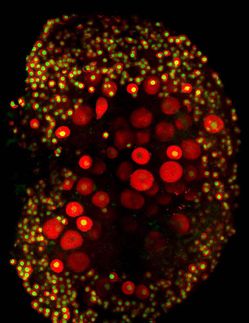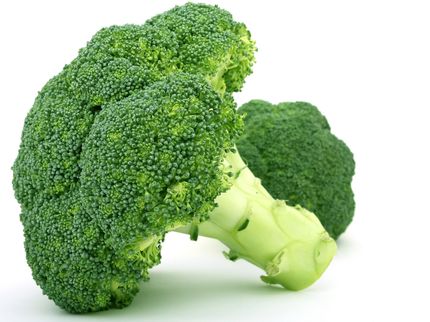New sun cream compound offers unprecedented protection against UVA radiation
A new wonder compound developed by University of Bath scientists in collaboration with King’s College London offers unprecedented protection against the harmful effects of UVA radiation in sunlight, which include photo-ageing, cell damage and cancer.
Most sunscreens on the market protect well against solar UVB radiation but have limited effectiveness against UVA-induced damage, relying on the reflective properties of creams to defend against dangerous UVA rays.
However this compound, called the ‘mitoiron claw’ by the team, offers strong protection within our cells precisely where the greatest damage from UVA occurs, and doesn’t interfere with rest of the cell.
Dr Olivier Reelfs, Dr Charareh Pourzand and PhD student Sharareh Houshmandyar from University of Bath. Copyright: AP Commercial Photography
The researchers from the University of Bath, working with colleagues at Kings College London, hope to see the mitoiron claw compound added to sunscreens and skin care products within 3-4 years.
Free iron concentration is particularly high within mitochondria, the batteries of the cell, where it is needed for several vital functions. However upon exposure to UVA in sunlight, excess free iron acts as a catalyst for the production of toxic reactive oxygen species (ROS), damaging cell components such as DNA, fat and proteins thereby increasing the risk of cell death and cancer.
However this custom-designed iron chelator (a molecule that binds to an iron atom like a claw) moves directly to mitochondria where it safely binds the excess free iron, preventing it from reacting upon exposure to UVA rays.
Tests with human skin fibroblast cells exposed to UVA radiation equivalent to 140 minutes of uninterrupted sun exposure at sea level, showed cells treated with the mitoiron claw were completely protected against cell death. Untreated cells suffered significant cell death.
Original publication
Other news from the department science

Get the life science industry in your inbox
By submitting this form you agree that LUMITOS AG will send you the newsletter(s) selected above by email. Your data will not be passed on to third parties. Your data will be stored and processed in accordance with our data protection regulations. LUMITOS may contact you by email for the purpose of advertising or market and opinion surveys. You can revoke your consent at any time without giving reasons to LUMITOS AG, Ernst-Augustin-Str. 2, 12489 Berlin, Germany or by e-mail at revoke@lumitos.com with effect for the future. In addition, each email contains a link to unsubscribe from the corresponding newsletter.




















































